The Samsung Galaxy Ring, a new addition to Samsung’s wearable lineup, has stirred interest with its Qi2 wireless charging capability. Launched in 2024, the Galaxy Ring is available in several European markets including France and Germany, with plans for broader distribution. This device marks Samsung’s entry into the Qi2-enabled device category, a wireless charging standard developed by the Wireless Power Consortium and introduced in early 2023.
The Catch: No Magnetic Charging
Despite supporting the Qi2 charging standard, the Samsung Galaxy Ring lacks one significant feature: magnetic charging. Qi2, evolving from the Qi standard, introduced the Magnetic Power Profile (MPP), inspired by Apple’s MagSafe technology. This feature facilitates better alignment and efficiency through magnetic attachment during charging. However, Samsung’s Galaxy Ring, while Qi2 certified, does not incorporate this magnetic functionality. The device can still be charged using Qi2 chargers, but without the convenience of magnetic alignment.
User and Expert Opinions
Feedback from users and experts reveals mixed feelings. On platforms like Reddit and Quora, users express disappointment over the absence of magnetic charging, a feature that many anticipated would enhance the charging experience by ensuring optimal alignment and connection stability. Critics argue that Samsung missed an opportunity to fully leverage the new Qi2 standard’s capabilities, particularly since magnetic charging is a hallmark of Qi2.
Technical Insights
The Galaxy Ring’s charging case can handle a maximum power input of 5W, which is modest compared to other devices but suitable given the smaller battery size of wearables. The ring itself boasts a battery life ranging from 5 to 7 days on a single charge, potentially extending to 2-3 weeks with the charging case, depending on usage patterns. Recent updates suggest that some users experience reduced battery life, speculated to be a software issue Samsung might address in future updates.
The Samsung Galaxy Ring’s adoption of Qi2 charging is a step forward in wearable technology, offering users the benefits of the latest advancements in wireless charging. However, the absence of magnetic charging has been a point of contention among tech enthusiasts and potential buyers. As Samsung continues to expand its product offerings, it remains to be seen whether future iterations of the Galaxy Ring will incorporate magnetic charging to fully realize the potential of Qi2.

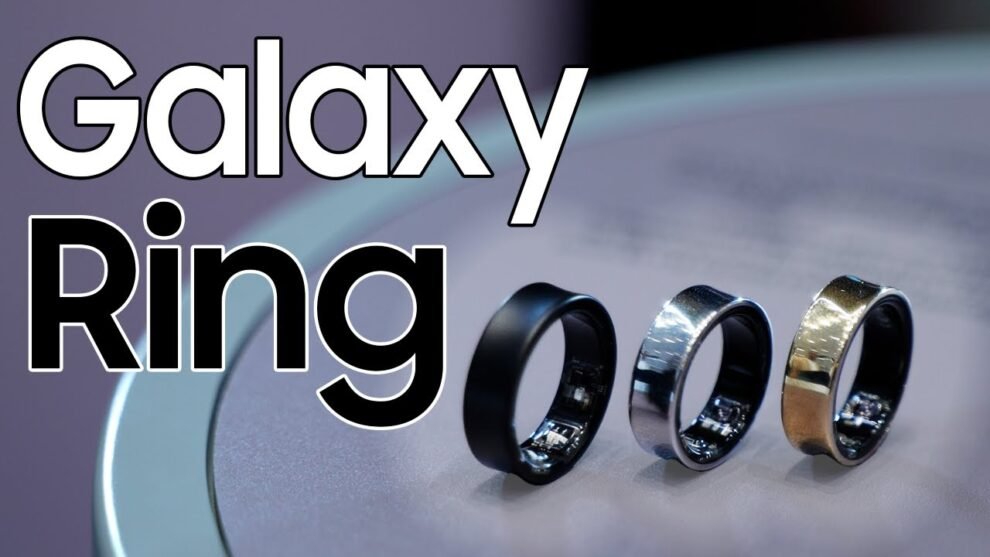
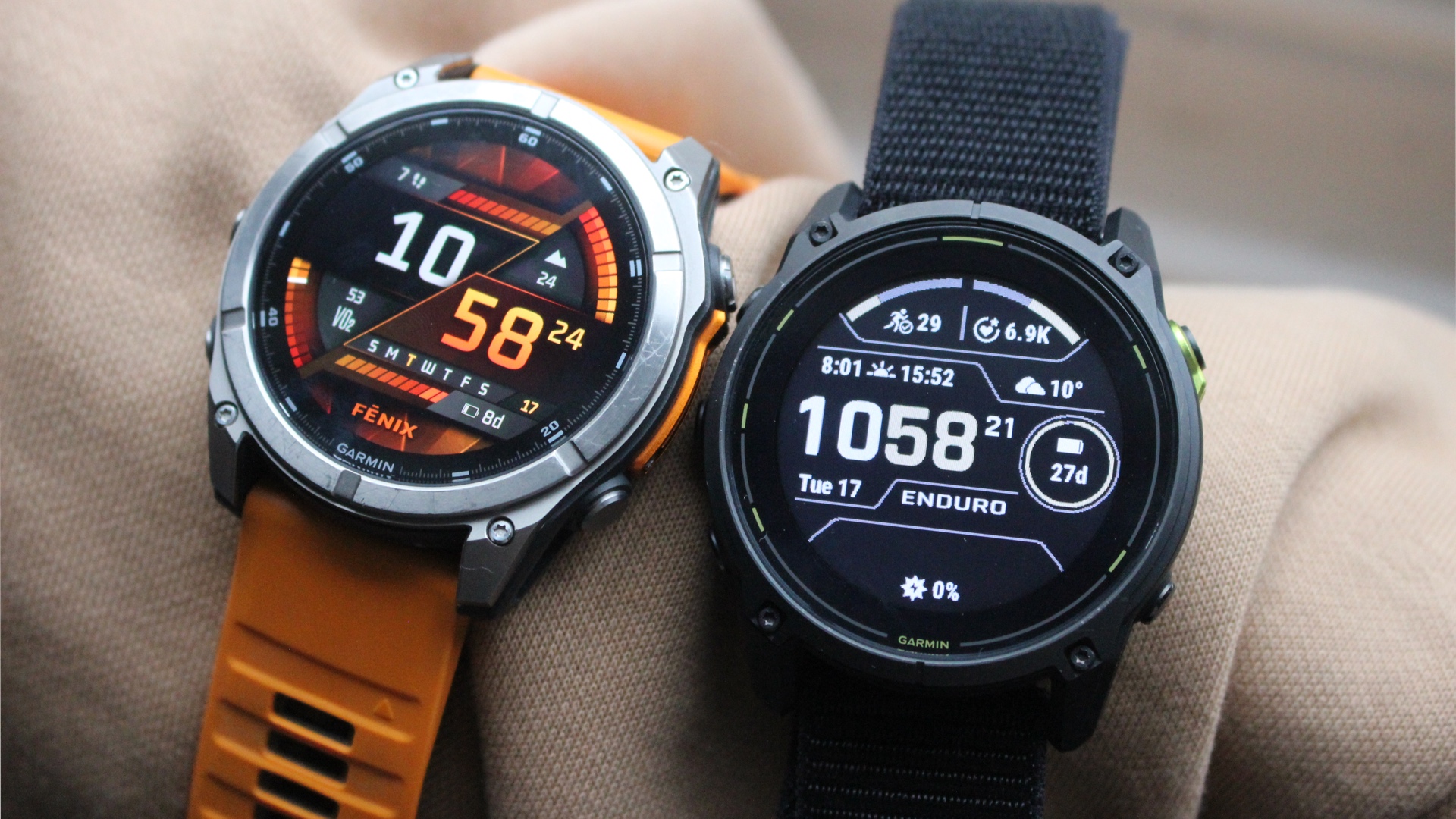
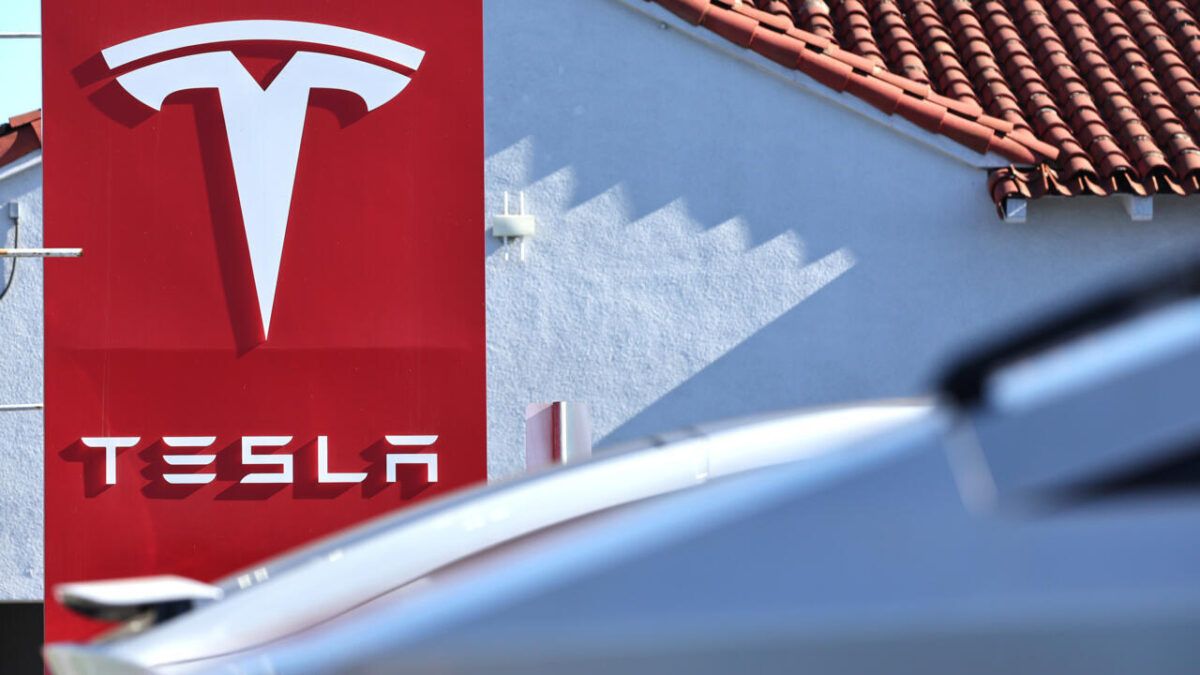

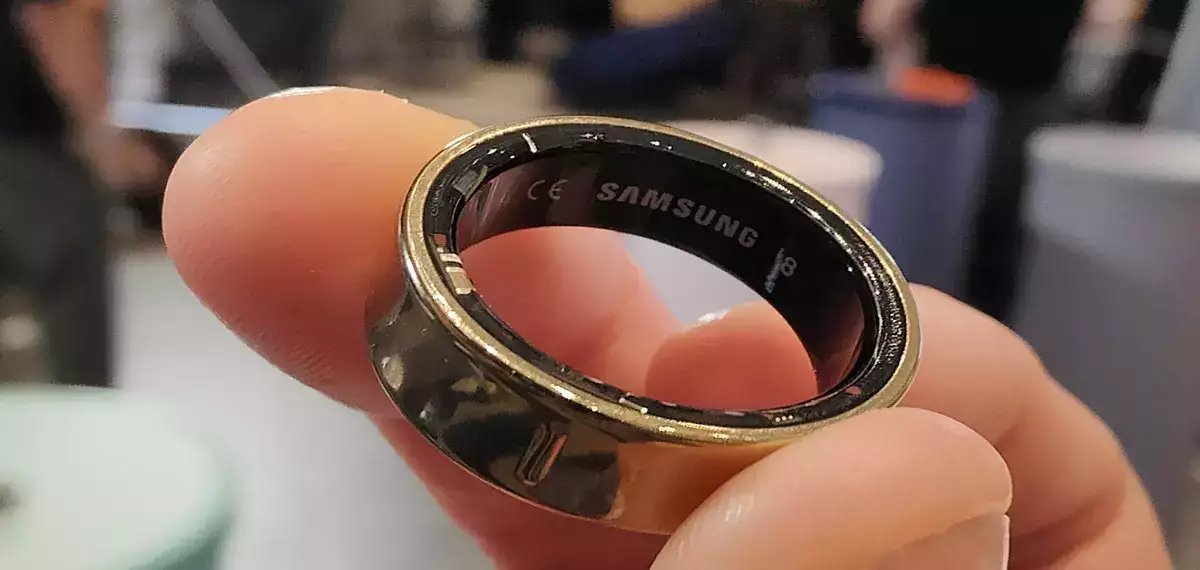
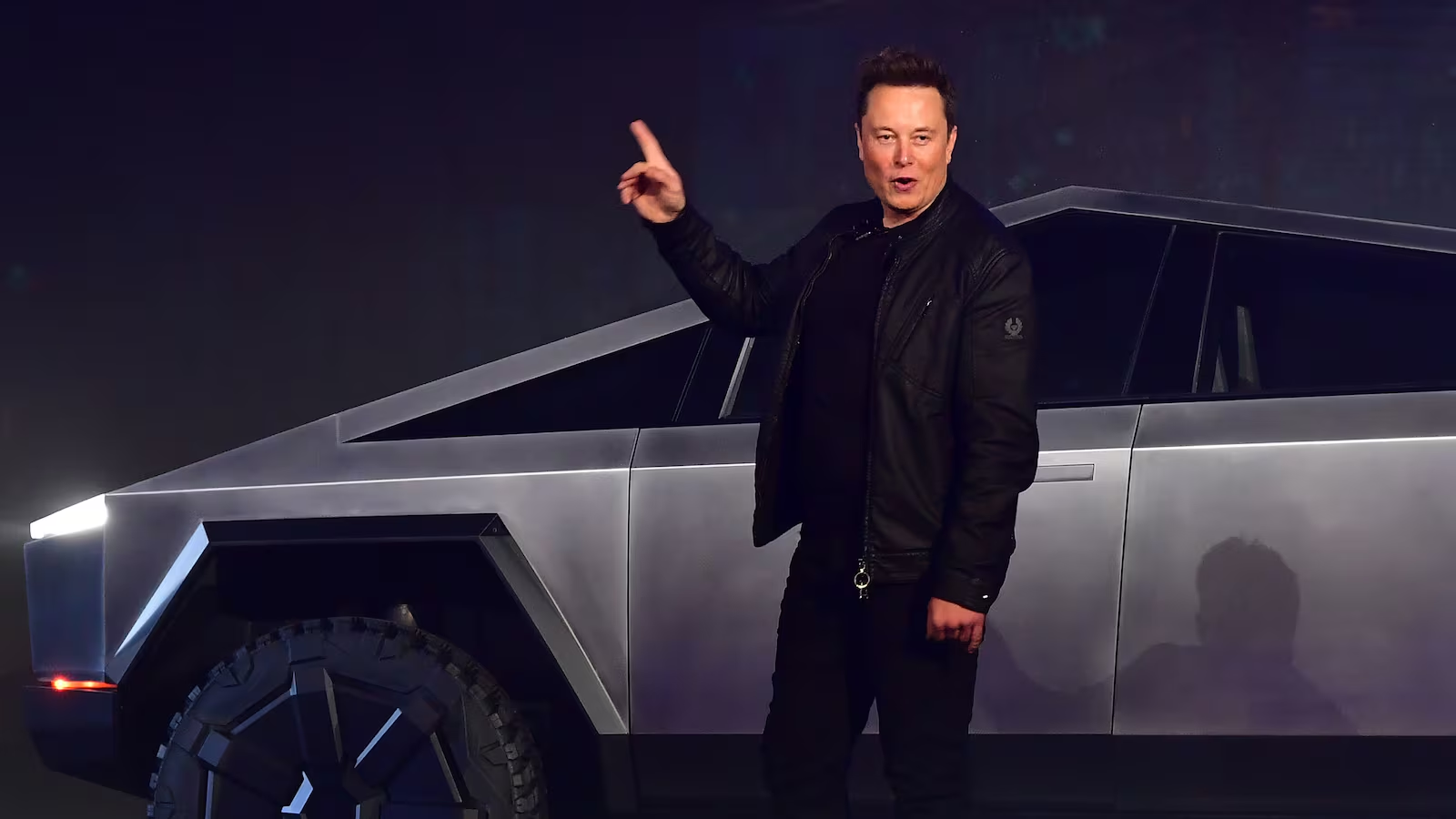
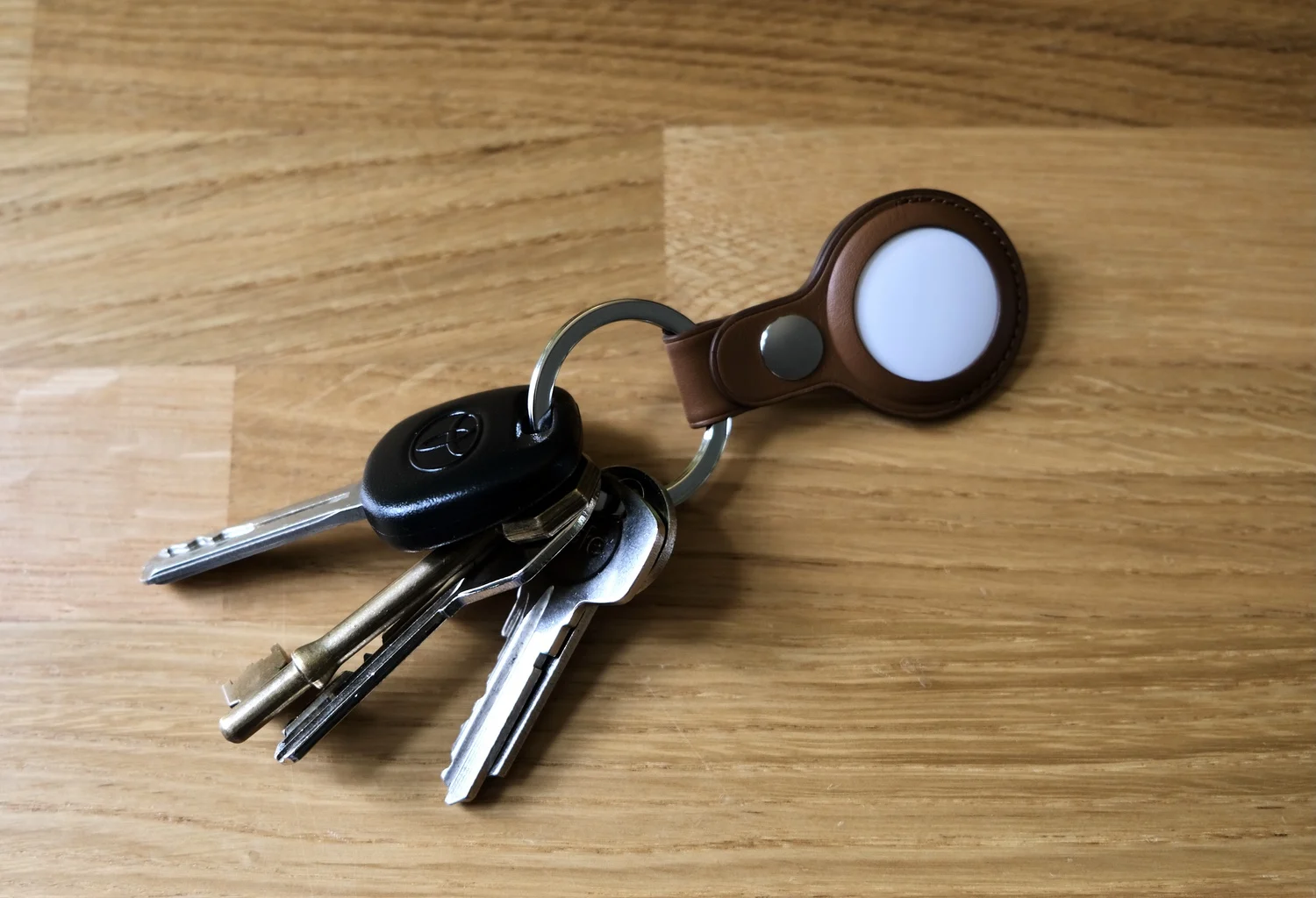
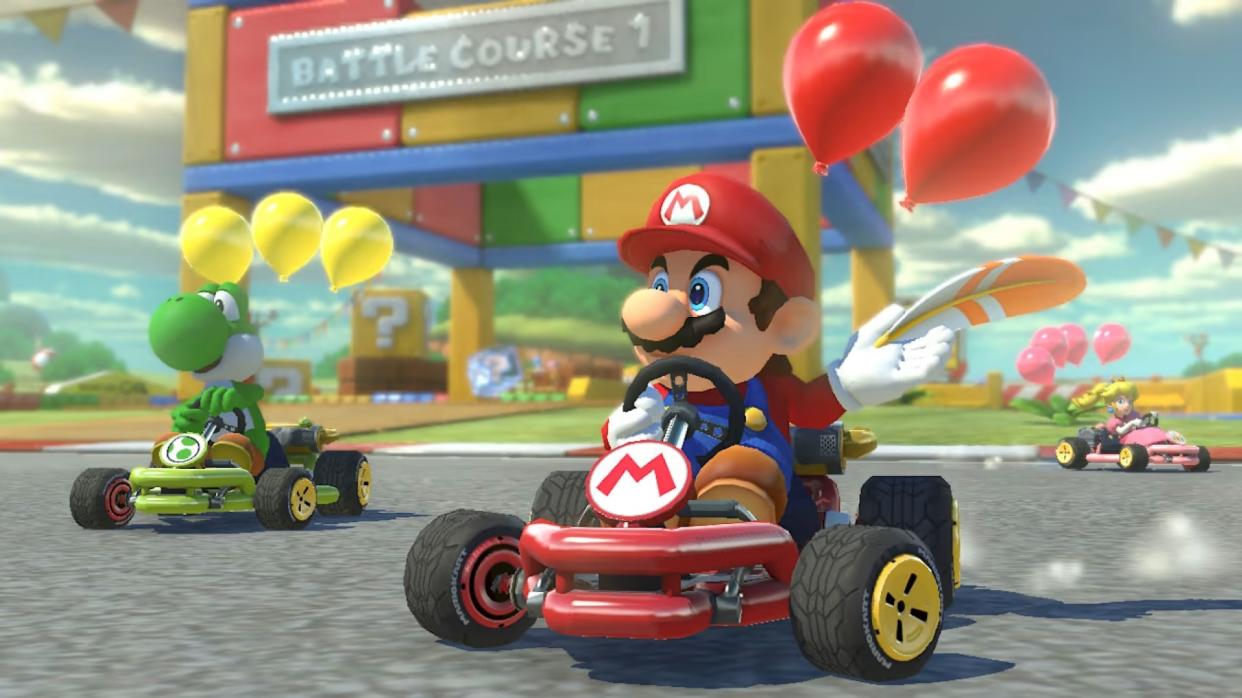
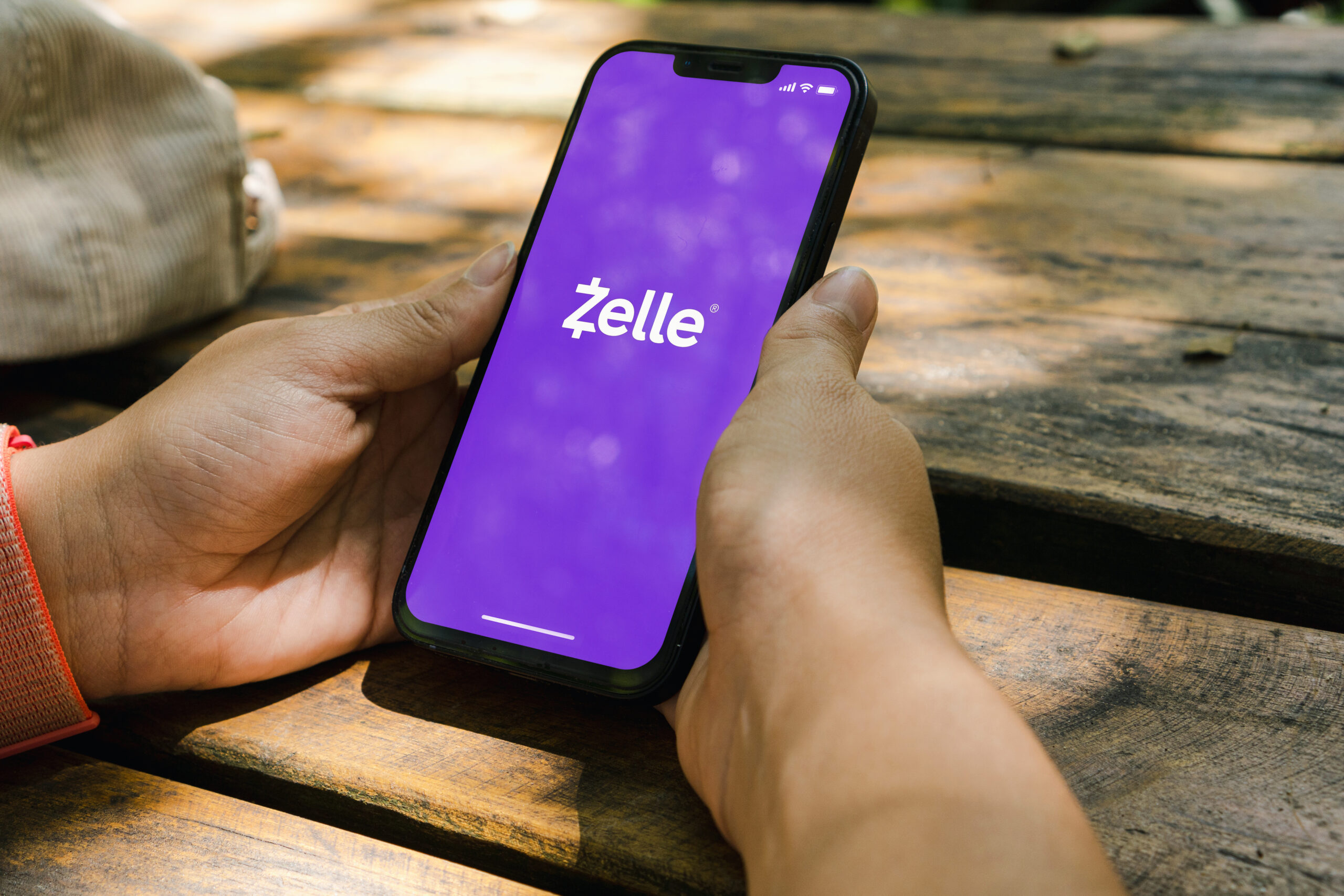
Add Comment